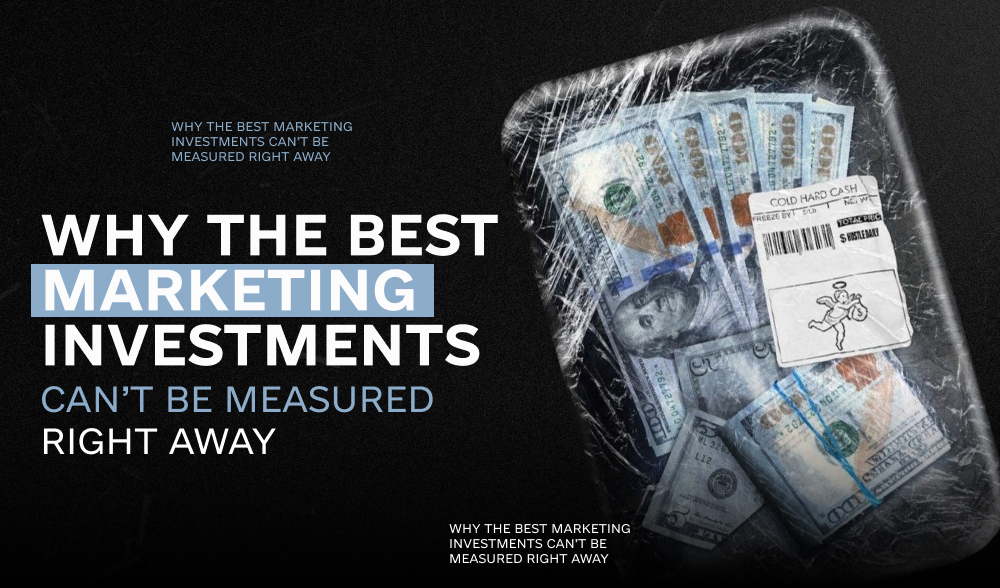Don't miss interesting news

ROI from content marketing, PR, and community building is not about quick results and sustainable formulas. It’s a long-term game that can bring cosmic returns if you know the right metrics and approaches to follow. In this article, we will analyze how to calculate ROI, what it is, and why even experienced marketers often fail with it.

ROI (Return on Investment) is a metric that measures the return on your investment. The ROI formula looks like this: (Revenue – Costs) / Costs × 100%. It sounds simple, but when it comes to content marketing and PR, things get more complicated.
What is ROI in simple terms? Imagine: you invested $1000 in content creation and received $3000 in revenue. ROI is 200% – not bad, right? But this is where the nuances begin.
In non-monetized marketing, ROI cannot always be calculated linearly. Content created today can generate leads in six months. PR publications build trust, which converts into sales in months and even later. This is a feature of long-term marketing strategies.
Content works as an investment in the future. One high-quality article can generate UGC (user generated content) traffic for years, attracting organic visitors through search engines. UBT traffic is a goldmine for business – users stumble upon your content and show interest.
UBT traffic is not just free visitors, but an audience with a high level of trust, as they came to you through organic search or recommendations. Such traffic converts well, but it is more difficult to achieve than running ads.
Creating your own ROI calculator will help you systematize your calculations:

PR works on a different level. Here, ROI includes not only direct sales, but also:
A high-quality PR campaign can save millions on crisis management in the future. How to count it as ROI? Use the “damage prevented” metric.
For example, in early September, Hector Jimenez-Bravo, a famous chef and judge of the MasterChef show, got into a scandal over accusations of sending intimate content to minors. Jimenez-Bravo’s PR team responded with a quick crisis communication: the chef acknowledged the authenticity of some of the intimate videos (stating that they were created for a loved one), but categorically denied the accusations of communicating with minors, calling it slander and promising legal action. His PR team quickly and effectively began to work with this unpleasant situation.
There are several ways to calculate content ROI:
If your content attracts customers with an LTV of $500 and the cost of creating content is $100, the ROI is 400%.
Calculate the value of the paid traffic you get organically through content. This is your “saved” advertising spend.”
Calculate the equivalent advertising value (AVE) of the publications you received. A high-quality article in a top publication costs the same as a banner ad on the same platform.
The percentage of mentions of your brand among all mentions of competitors in the media. The growth of SoV directly correlates with market share.
Analysis of the tone of mentions. Improving the image by 10% can increase conversion by 5-15%.
Active community members remain customers 70% longer than regular users.
Active community members are 3-5 times more likely to recommend you.
An active community can reduce your support workload by 20-40%.

Content metrics:
PR metrics:
Community metrics:
Triaster is a UK-based company specializing in Business Process Management solutions. They help organizations model, optimize, and automate internal processes through a platform integrated with HubSpot for end-to-end lead management and analytics.
The challenge they faced:
Increase the number of quality leads without increasing paid advertising costs.
Content and PR show the best results in 6-18 months. But businesses need quick wins to justify their budgets.
The solution: combine long-term strategies with quick-win tactics. For example, 70% of content for SEO + 30% for viral potential.
One quality article can give the potential for:
This strategy increases ROI by 3-5 times with the same creation costs.
Involve users in content creation. User-generated content has higher engagement and is much cheaper.
Use audience data to create personalized content. Personalization can increase ROI by 20-30%.
Combine all channels: post PR publications on social media, adapt information for email campaigns, and let community insights lead to new content.
New tools can:
Instead of retrospective analysis, try predictive models that forecast potential ROI before the campaign starts.
With the development of a cookieless future, the focus will shift to first-party data and advanced attribution models.
Calculating the ROI of non-monetized marketing is not an exact science, but rather an art, sometimes even a martial one. Success depends on:
Remember: even if the ROI calculator shows modest numbers at the start, but quality content, PR, and community work as a compound interest – their value grows exponentially over time.<
BT traffic from content, trust from PR, and loyalty from community are assets that work for years. Invest in them today so that tomorrow your competitors will want to catch up with you.